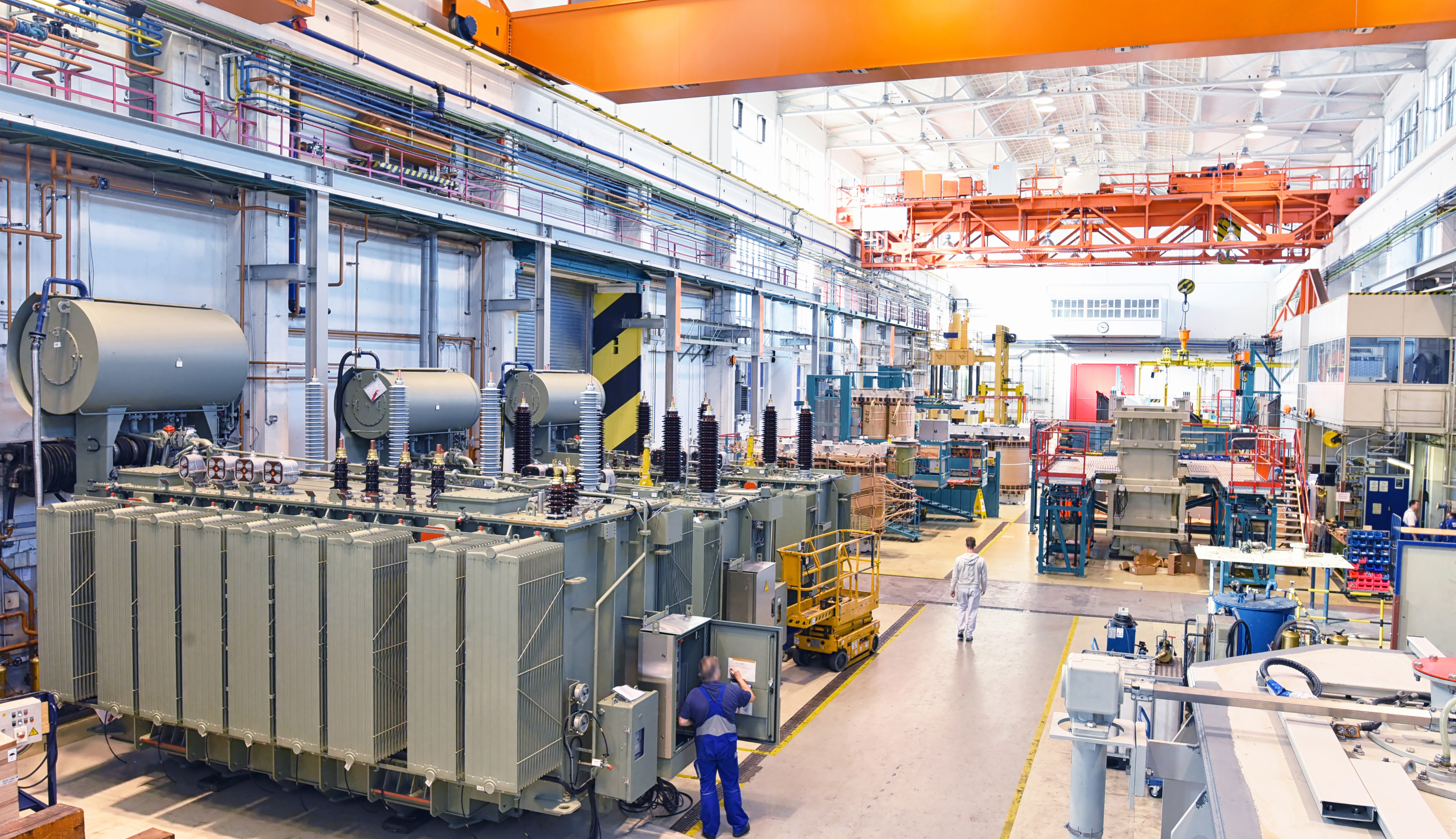Push vs. Pull: What’s Right for Your Production?

When it comes to manufacturing, the production approach can have a significant impact on the efficiency and success of a business. Often, it boils down to one of two chief philosophies: push vs. pull.
The key difference between push and pull production is that in a push system, products are made based on projected demand and then pushed to the market, while in a pull system, production is driven by actual customer demand, determining when and how much to produce.
Do you make goods and push them to market, or should you pull orders to produce goods? Each concept has unique advantages and disadvantages, but one may be more appropriate depending on your industry. For many manufacturers, the answer comes down to understanding the ramifications of each approach and identifying where each is most applicable.
Push production
When manufacturers follow a push system for production, they produce goods according to a well-planned demand forecast. This approach is often adopted by producers who make goods with low fluctuation in demand — think food, household chemicals, electronic devices, pharmaceuticals, and other everyday items.
A push system is designed to stay ahead of demand. Using historical data and trends, producers make enough goods to meet predicted demand, pushing them through the supply chain. As the goods reach retailers, they’re marketed and sit on shelves for customers to purchase. It’s a system with a lot of consistency for producers.
Unfortunately, forecasts are almost never completely accurate. As a result, following a push system can leave manufacturers and retailers with unsold merchandise. Conversely, you must also contend with the supply chain. Producers may end up eating rising costs before they have a chance to push any of those costs downstream.

Pull production
A pull production system is the inverse of push production. This lean manufacturing method involves producing goods to meet actual, proven demand, rather than relying on projected forecasts. Manufacturers who follow this method keep and produce only as much inventory as they need, based on customer orders.
The pull system “pulls” goods through the supply chain. The process typically is triggered by a customer order, which starts a chain of events where the exact number of required products is made. Then, the raw materials used in production are replenished.
Just-in-time manufacturing is an excellent example of the pull system in action. This lean system schedules material delivery to the facility when production is slated to begin. Production is scheduled to finish just as the goods should be sent to the customer. Getting it right can lead to lower inventory costs, but pull systems can’t quickly respond to fluctuations in demand.
Choosing the right production system
Deciding whether to use a push or pull system is often industry- or production-dependent. In general, if you’re producing goods with a low chance of demand fluctuation, a push system works well. On the other hand, if you want to keep inventory low and produce only as much product as needed to accommodate customer orders, it may make sense to follow a pull system. Some manufacturers even adopt push-pull hybrid models, relying on both demand forecasts and current orders to trigger the movement of goods at different stages in the supply chain.
Ultimately, the right selection depends on your organization and the products you make. Discuss this choice with key stakeholders, operators on the manufacturing floor, suppliers, and even maintenance personnel so you can make the best decision and set up your enterprise for long-term success.
